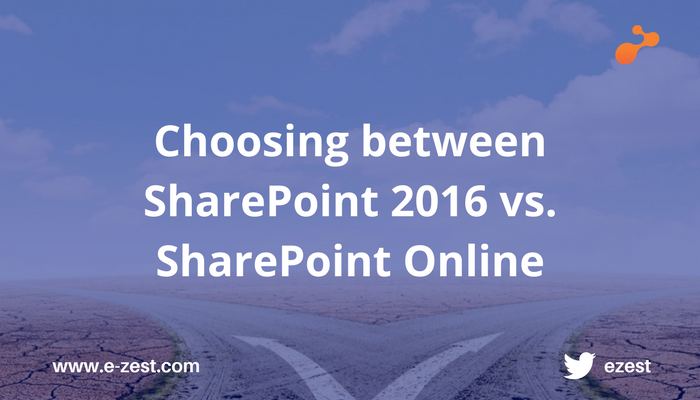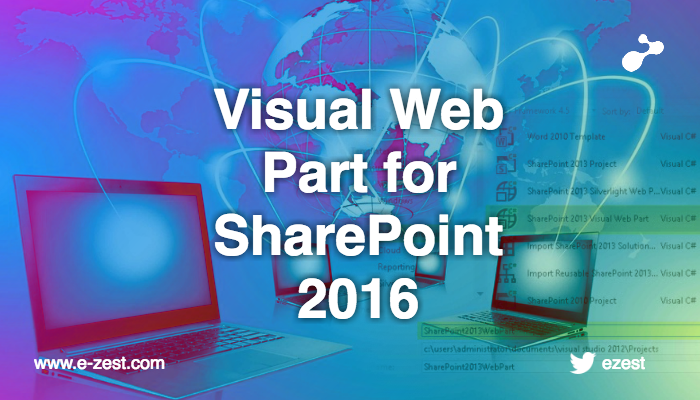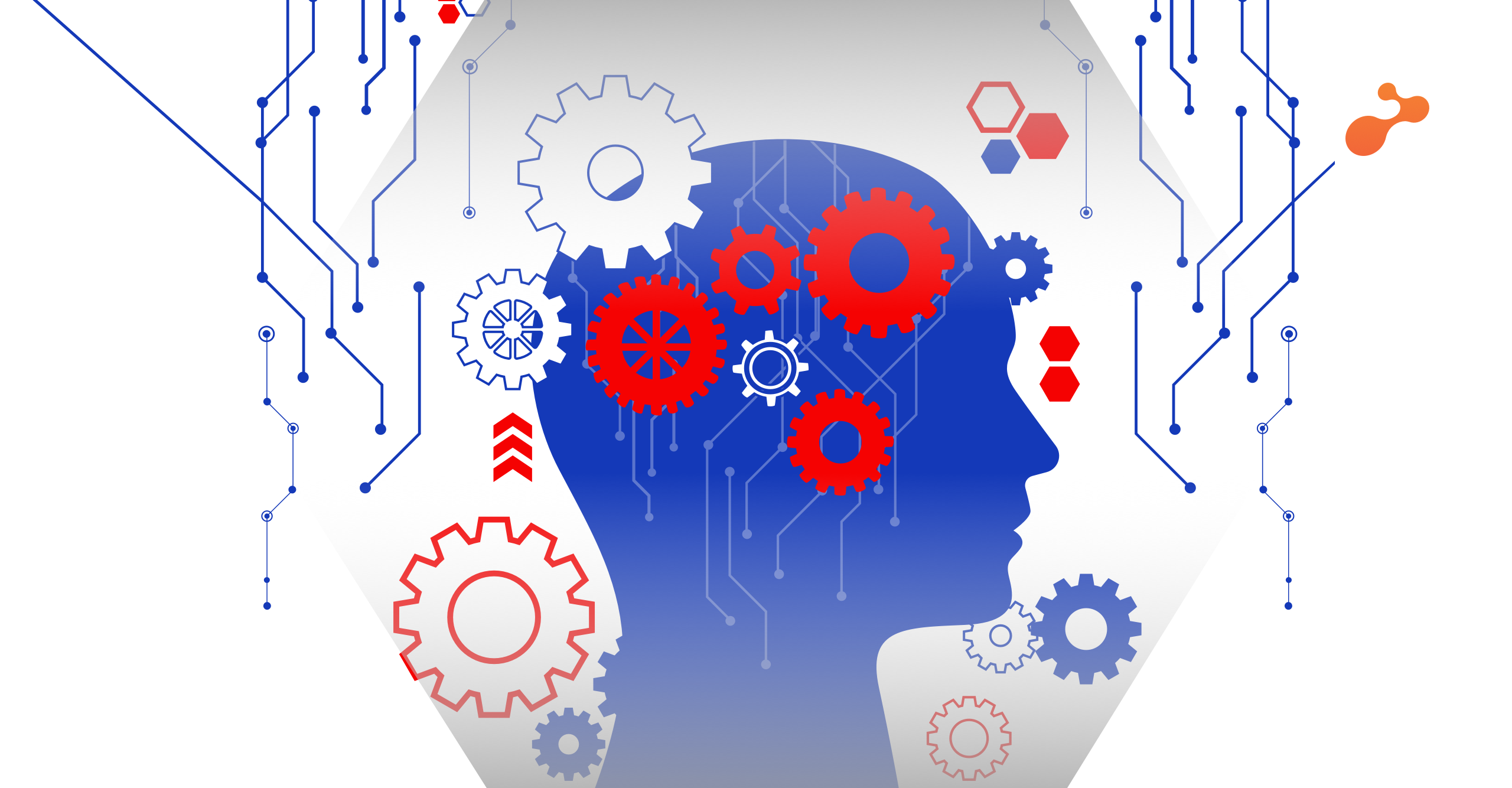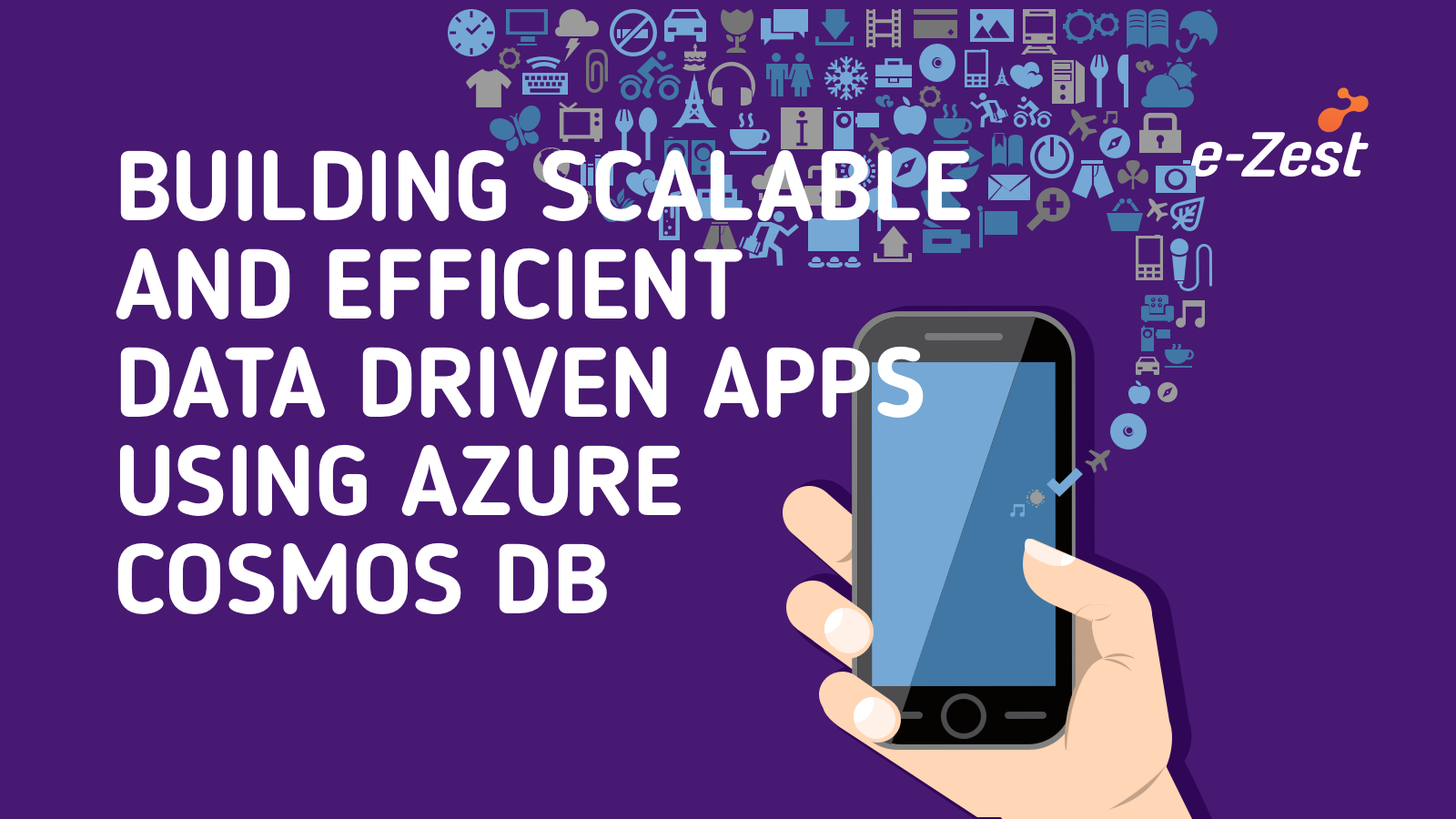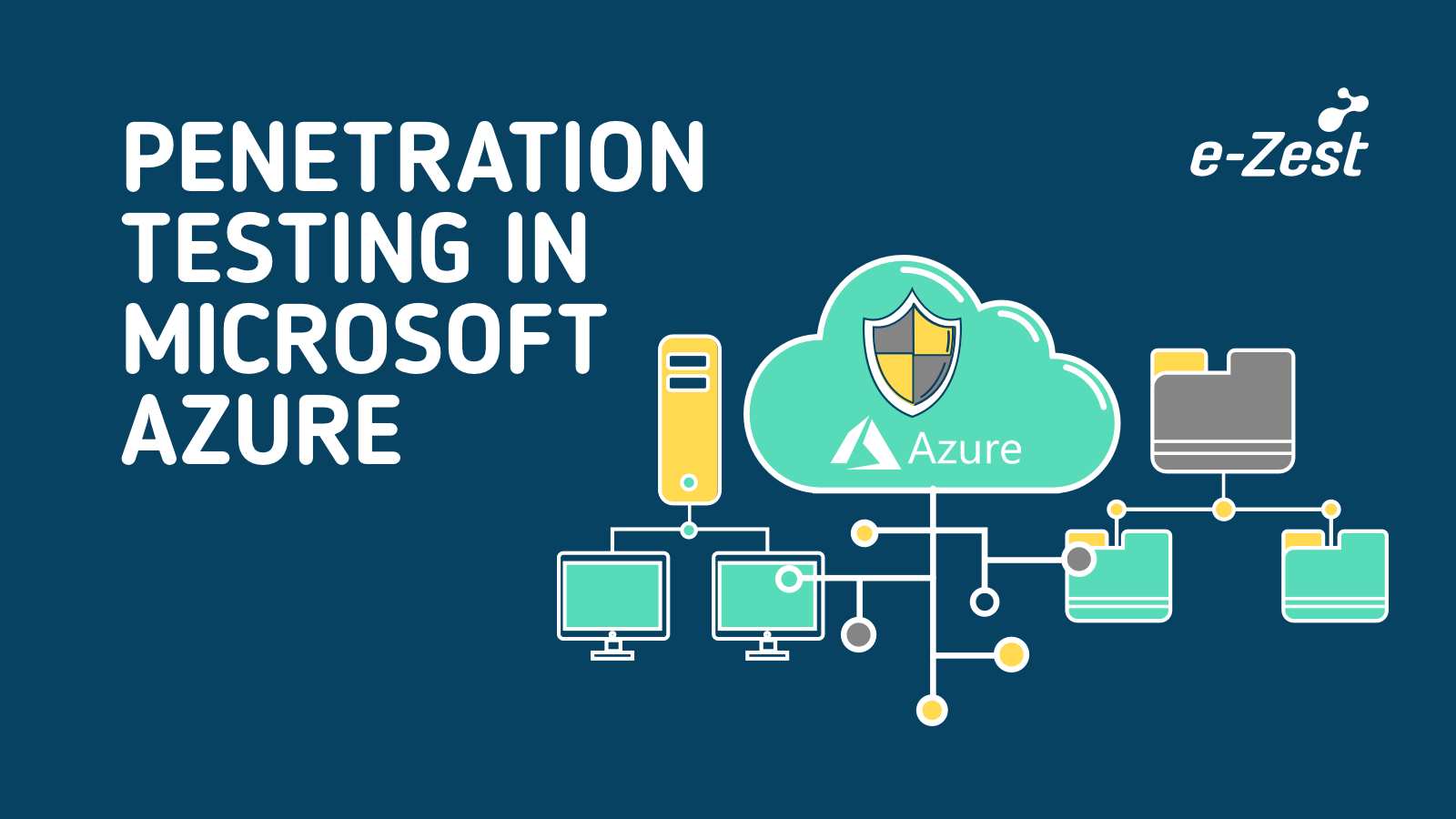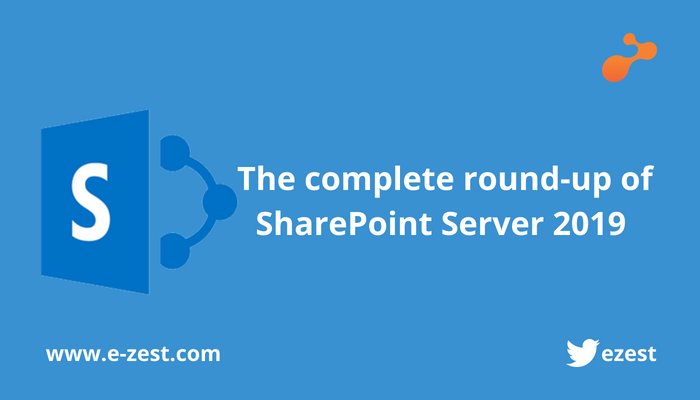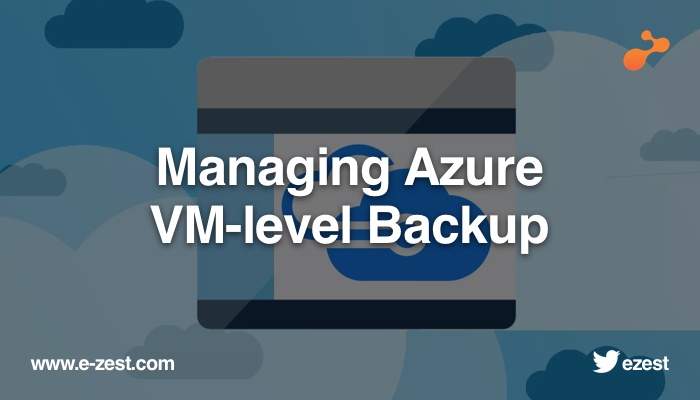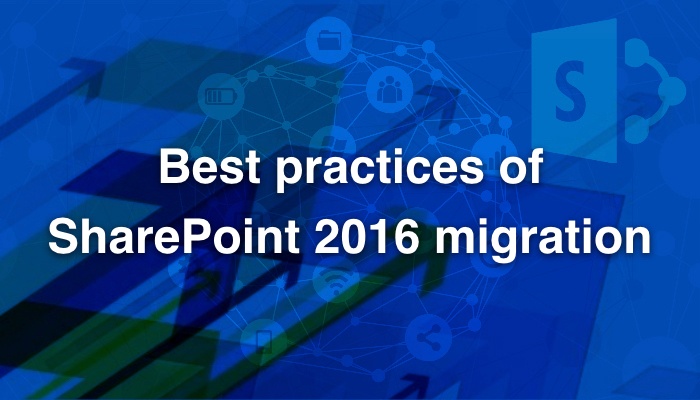
As SharePoint 2016 is already here, many enterprises are heading towards its migration to leverage the features offered by it. Enterprises must be careful, as one wrong step can result in failed migration. But, how enterprises can do that?
Enterprises must ensure whether the latest features are compatible with their existing environment. They must analyze the cost, risks and the complexities involved in SharePoint 2016 migration by following the approaches mentioned below.
- Do content audit: This process is vital to minimize the hassle of content migration. Enterprises should analyze any irrelevant content and abscond it with the old system. They must be very clear with what type of content they want to migrate to the new system.
- Pursue the 80/20 rule: This rule implies that only 80% of your employees will use 20% of your content. For this reason, it is essential to figure out the 20% of content and prioritize it while migration. Also make sure to do it carefully and slowly.
- Single out a suitable SharePoint migration strategy: For SharePoint migration, 3 approaches are followed.
- The automated approach is extremely technical and varies from project to project. For that reason, it is not recommended for every project.
- Manual migration is simplest of all, but at the same time extremely tedious because of the repetitive process containing copying and pasting content.
- Hybrid is the best option and possess best of both the worlds. There are few approaches that are old school yet, there are aspects of Hybrid related to content that have excellent structures beneficial for automated migration approach.
- Think of security: The automated migration approach will totally mull over the security norms of legacy system. But, while using the manual approach, you will have to be more careful regarding the security policies of old system. While moving your content to cloud, cautiously consider the complexities associated with the new domain.
- Perform post migration tasks: Once SharePoint migration is executed, check on the post migration tasks such as cleaning up page layouts, security and permissions and broken links. Ignoring these checklists can result in failed migration.
- Updated hardware: Creating a new SharePoint 2016 instance and farm would require updated hardware. Make sure your farm stacks up and your hardware is compatible with the new migration environment.
- Importance of SharePoint 2013: While migration, enterprises must bear in mind that, direct migration to SharePoint 2016 from SharePoint 2010 is not possible. First, enterprises must upgrade to SharePoint 2013 and then to SharePoint 2016. Once the SharePoint 2013 migration is completed the later process is quite easier.
- Migration from SharePoint 2013 to 2016 is easy: To upgrade to SharePoint 2016, the SharePoint 2013 users can perform an ‘in place upgrade’ and a ‘database attach’ method. This process implies that first you create and configure a SharePoint Server 2016 farm and copy the remaining content and service applications from 2013 farm, attach them and later upgrade the databases.
- Leveraging hybrid SharePoint: If you are planning to leverage the features of SharePoint 2016, it is must to analyze what content you are going to store on the cloud and other legal implications related to the content.
- SharePoint 2016 file limits: In SharePoint 2016 the file limit has been increased up to 10GB. Though content audit is mandatory, it may be possible to move content to SharePoint 2016 which would have not worked with the earlier versions.
When considering SharePoint 2016 migration, follow these approaches including the cost and efforts for content migration. SharePoint 2016 migration is really worth a shot.

